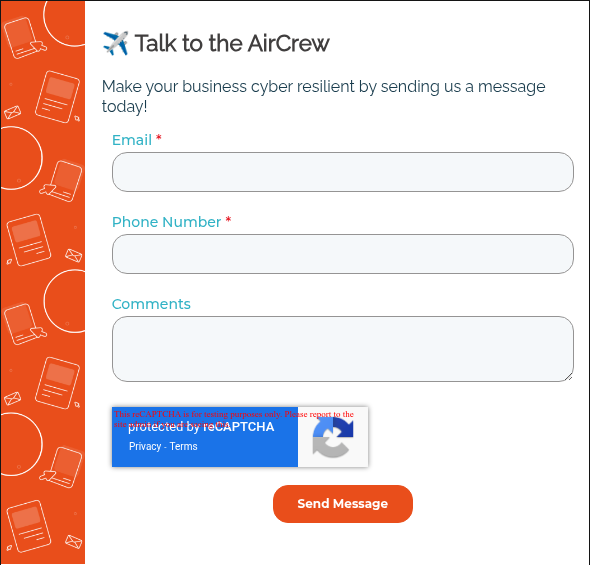All business owners know that maintaining uninterrupted operations essential for achieving success. High availability has emerged as a vital concept that ensures businesses can function seamlessly without disruptions. But what is high availability?
Understanding High Availability
High availability refers to a system’s capacity to function continuously without interruptions within a specified timeframe. This concept is crucial for businesses to ensure the consistent operation of their key systems or critical infrastructure. Your key systems must be able to stay up for specific uptime standards.
As you begin researching into uptime standards, a term that will show up is the Five Nines. When addressing uptime standards, the term “Five Nines” refers to a system’s achievement of 99.999% uptime. While 100% uptime is unattainable due to maintenance needs and potential drops, the goal is to achieve the 99.999% level and leave a miniscule percent chance of failure.
Considerations
A central aspect of implementing high availability is identifying single points of failure within your infrastructure. These are components that, if they malfunction, can cause the entire system to collapse. These can be critical switches, firewalls, or servers hosting essential applications like accounting or CRM software.
In 2023’s fast-paced business environment of remote work and hybrid setups, high availability has never been more relevant. Downtime can have far-reaching consequences like disrupting manufacturing processes, supply chains, and even customer interactions. Your business could see hits to your manufacturing line, your shipping, and even sending/receiving payments. This underscores the need for a strong high availability strategy.
Do I Need High Availability?
For business owners who are truly concerned about upfront pricing, we know you might have this question: can my business operate without high availability? The short answer is yes.
Businesses have operated without high availability for years. However, not having it means you should be prepared for pretty severe consequences. Choosing not to implement it poses a risk of extended downtime due to system failures.
Again, technically you can operate without it, but be sure to assess the feasibility should your business run into challenges. You should consider factors such as the duration of possible downtime (it could be hours, days, weeks, or even months) and challenges in procuring hardware (recently, certain hardware is becoming more difficult to obtain).
Investing in high availability solutions, even though initially costly, serves as insurance against lost productivity and revenue. It minimizes downtime, prevents revenue loss, and safeguards your reputation.
Takeaways
Whether or not you choose to implement high availability solutions, we recommend you collaborate with your IT department or Managed Service Provider (MSP), if you have one, to assess your infrastructure and identify critical components and potential single points of failure. Implementing backup systems, failover mechanisms, or additional hardware can be cost-effective strategies to ensure uninterrupted operations.
In conclusion, high availability isn’t just an expense; it’s an investment in your business’s stability, productivity, and reputation.
Have questions? Use the form below or contact us!



